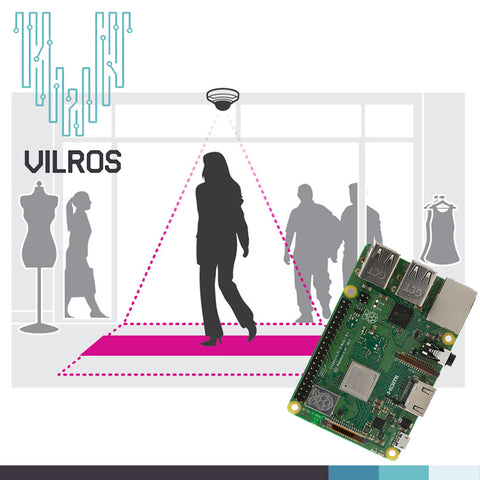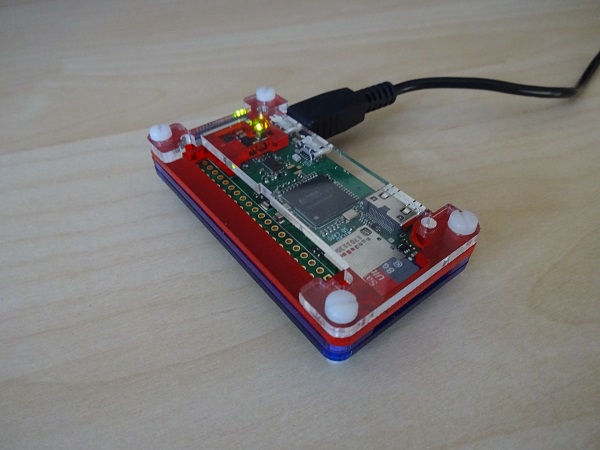

Robotics projects are another area where the Raspberry Pi Zero W is strong, again due to its size and connectivity.

Old technology such as printers can be upcycled into wireless printers available to all our devices by connecting a Raspberry Pi Zero W and running some simple code. There is enough power to run our code, process the results and upload for later analysis, all via this tiny computer. The price and size of the Raspberry Pi Zero make it ideal for embedded projects such as data collection, home automation and body cameras. You’ll need a mini HDMI to HDMI cable or adapter to connect to a monitor or TV.

To save the money and size over a full-fledged Raspberry Pi 4, you have to make some compromises. When thinking about the Raspberry Pi Zero there are some caveats to consider. This model has been replaced so you’re unlikely to see it for sale anywhere.Īll three models share the same layout, size and HDMI / USB ports and if you are thinking of purchasing your first board then the Raspberry Pi Zero W should be your only consideration. Raspberry Pi Zero (version 1.2): The original version of the Pi Zero lacked the CSI camera connector that version 1.3 and Pi Zero W have.Raspberry Pi Zero (version 1.3) : The current version of the Zero lacks wireless connectivity, but has an MSRP of just $5, which makes it attractive for a project where you either don’t need network access or can have it USB connected to a PC.Raspberry Pi Zero W : Clearly the best choice, but with an MSRP of $10, slightly more expensive than the regular Pi Zero, this version includes Wi-Fi and Bluetooth connectivity.There are three models of Raspberry Pi Zero, though only two of them are current. 40 GPIO Pins, CSI camera connector (not on version 1.2)Ģ.6 x 1.2 x 0.2 inches (66.0mm x 30.5mm x 5.0mm)


 0 kommentar(er)
0 kommentar(er)
